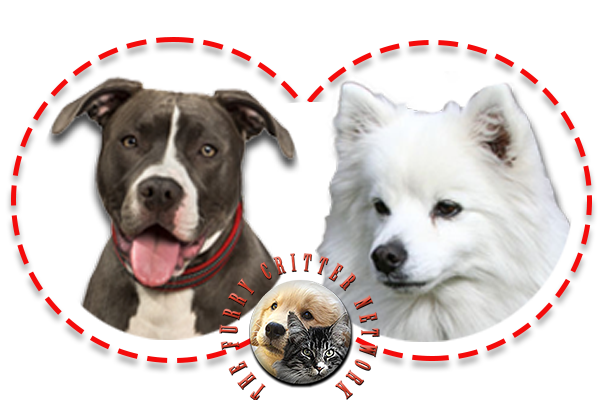American Pit Bull Terrier Breed Description - Cross #2
The American Pit Bull Terrier (APBT) is a dog breed recognized by the United Kennel Club (UKC) and the American Dog Breeders Association (ADBA), but not the American Kennel Club (AKC). It is a medium-sized, intelligent, short-haired dog, of a solid build, whose early ancestors came from the British Isles. When compared with the English Staffordshire Bull Terrier, the American Pit Bull Terrier is larger by margins of 6–8 inches (15–20 cm) in height and 25–35 pounds (11–16 kg) in weight. The American Pit Bull Terrier varies in size: males are normally about 18–21 inches (45–53 cm) in height and around 35–60 pounds (15–27 kg) in weight, while females are normally around 17–20 inches (43–50 cm) in height and 30–50 pounds (13–22 kg) in weight.
According to the ADBA, the American Pit Bull is described to be medium-sized and has a short coat and smooth well-defined muscle structure, and its eyes are to be round to almond-shaped, and its ears are to be small to medium in length, typically half prick or rose in carriage. The tail is prescribed to be slightly thick and tapering to a point. The coat is required by the ADBA to be glossy, smooth, short, and stiff to the touch. Many colors, color patterns, and combinations of colors are acceptable to the ADBA, except that both the ADBA and UKC do not recognize merle coloring. Color patterns that are typical in the breed are solid and tuxedo.
Despite the colloquial use of the term "pit bull" to encompass a whole category of dogs and the legal use of the term to include several breeds in legislation, some conservative professional breeders of the American Pit Bull Terrier as well as some experts and supporters claim that historically the APBT is the only true "pit bull" and the only breed that should be denominated as such.
Twelve countries in Europe, as well as Australia, Canada, some parts of the United States, Ecuador, Malaysia, New Zealand, Puerto Rico, Singapore, and Venezuela, have enacted some form of breed-specific legislation on pit bull–type dogs, including American Pit Bull Terriers, ranging from outright bans to restrictions and conditions on ownership. Several states in Australia place restrictions on the breed, including mandatory sterilization. The breed is banned in the United Kingdom, in the Canadian province of Ontario, and in many locations in the United States.






